Types And Classifications Of Semiconductor Materials
Description
Semiconductor materials are necessary for modern electronics. They are employed in the production of various devices such as transistors, diodes and integrated circuits. In this blog post, the fundamental aspects of semiconductors are discussed, including their classification, operating principles and the types used in industry today.
What is a Semiconductor?
A semiconductor is a material whose electrical conductivity lies between that of a conductor and an insulator. This means that semiconductors can conduct electricity under certain conditions, though not as effectively as metals. The most recognised semiconductor materials are Silicon (Si) and Germanium (Ge), which are necessary for the manufacture of electronic components such as microchips, solar cells and light-emitting diodes (LEDs).
The conductive properties of semiconductors can be modified through the introduction of impurities, a process known as doping. By adding different types of dopants, the electrical conductivity of the material can be controlled, thereby enabling specific electrical characteristics for various applications.
How do Semiconductors Operate?
Semiconductors operate based on the behaviour of electrons and holes to transport electrical current. In their pure state, semiconductors have few free electrons available for conduction. Consequently, the introduction of impurities increases the number of free electrons or holes (the absence of an electron).
When an external voltage is applied to a semiconductor, the electrons move towards the positive terminal, while the holes move towards the negative terminal. This movement generates an electric current. This is the basic operating principle of devices based on semiconductors, including diodes and transistors.
Types of Semiconductors
There are two main types of semiconductors: intrinsic and extrinsic.
Intrinsic Semiconductors: These are pure materials that have not been doped. The conductivity of intrinsic semiconductors is temperature dependent, and they do not conduct current at absolute zero.
Extrinsic Semiconductors: These semiconductors are intentionally doped to increase their conductivity. Depending on the type of dopant, the material is provided with additional free electrons or holes. Extrinsic semiconductors can be divided into two types:
- N-Type (negative type): These semiconductors are doped with elements that supply extra electrons, thereby increasing their conductivity.
- P-Type (positive type): These semiconductors are doped with elements that create holes, which similarly increases their conductivity.
Groups of Semiconductor Materials
Semiconductor materials are generally classified based on their elemental or compound nature. Some of the main groups are:
Elemental Semiconductors: These include materials such as Silicon (Si) and Germanium (Ge), which are pure elements and are most commonly used in semiconductor manufacture.
Compound Semiconductors: These consist of two or more elements and are frequently used for specialised applications such as optoelectronics, for example Gallium Arsenide (GaAs) and Indium Phosphide (InP).
Organic Semiconductors: These materials are based on carbon-containing compounds and are used in flexible electronics, organic light-emitting diodes (OLEDs) and organic solar cells.
Alloy Semiconductors: They consist of two or more elements in varying proportions to achieve specific electrical properties. Gallium Arsenide Phosphide (GaAsP) is, for example, used in LEDs.
List of Semiconductor Materials
Below is a list of the most frequently used semiconductor materials:
|
Semiconductor Material |
Type |
Applications |
|
Silicon (Si) |
Elemental |
Microchips, transistors, solar cells |
|
Germanium (Ge) |
Elemental |
Transistors, infrared detectors |
|
Gallium Arsenide (GaAs) |
Compound |
High-speed electronics, LEDs |
|
Gallium Nitride (GaN) |
Compound |
Power electronics, optoelectronics |
|
Indium Phosphide (InP) |
Compound |
High-speed devices, fibre optics |
|
Silicon Carbide (SiC) |
Compound |
Power devices, LEDs, sensors |
|
Organic Semiconductors |
Organic |
OLEDs, flexible electronics |
|
Copper Indium Gallium Selenide (CIGS) |
Compound |
Solar cells, thin-film devices |
These materials are selected based on their specific electrical, optical and thermal properties and are used in applications ranging from everyday electronics to advanced technologies such as lasers and solar cells.
Further reading: The Essential List of Electronic Materials
Frequently Asked Questions
What are semiconductors made from?
Semiconductors are generally produced from elements such as Silicon (Si), Germanium (Ge) and compound materials such as Gallium Arsenide (GaAs) and Indium Phosphide (InP).
How do semiconductors differ from insulators and conductors?
The conductivity of semiconductors lies between that of insulators, which do not conduct current, and conductors, which allow the free flow of current. Their conductivity is controlled by doping.
What is doping in semiconductors?
Doping is the process of introducing impurities to a semiconductor to modify its electrical properties. This process is essential for producing various types of semiconductors, such as N-Type and P-Type.
What are some applications of semiconductors?
Semiconductors are employed in a variety of applications including transistors, diodes, microchips, solar cells and light-emitting diodes (LEDs).
What are compound semiconductors used for?
Compound semiconductors such as Gallium Arsenide (GaAs) and Gallium Nitride (GaN) are used in high-speed electronics, optoelectronics and power devices given that they possess specific electrical and optical properties.

 Bars
Bars
 Beads & Spheres
Beads & Spheres
 Bolts & Nuts
Bolts & Nuts
 Crucibles
Crucibles
 Discs
Discs
 Fibers & Fabrics
Fibers & Fabrics
 Films
Films
 Flake
Flake
 Foams
Foams
 Foil
Foil
 Granules
Granules
 Honeycombs
Honeycombs
 Ink
Ink
 Laminate
Laminate
 Lumps
Lumps
 Meshes
Meshes
 Metallised Film
Metallised Film
 Plate
Plate
 Powders
Powders
 Rod
Rod
 Sheets
Sheets
 Single Crystals
Single Crystals
 Sputtering Target
Sputtering Target
 Tubes
Tubes
 Washer
Washer
 Wires
Wires
 Converters & Calculators
Converters & Calculators
 Write for Us
Write for Us
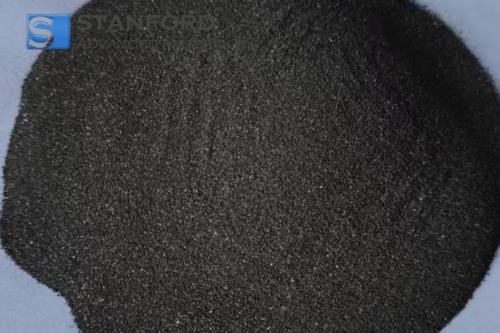
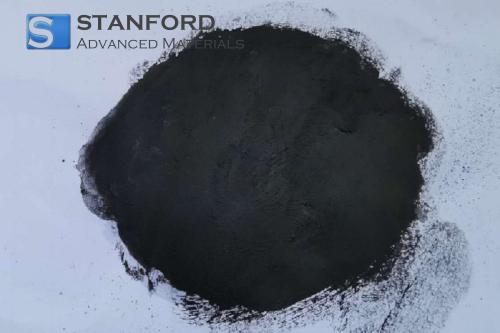
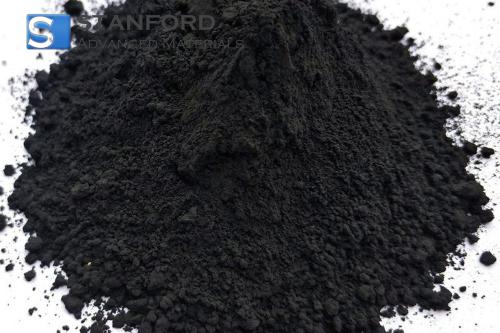
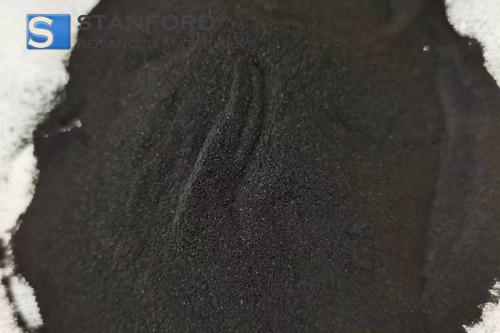
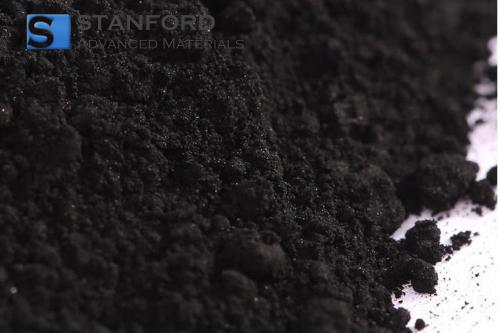
 Chin Trento
Chin Trento



